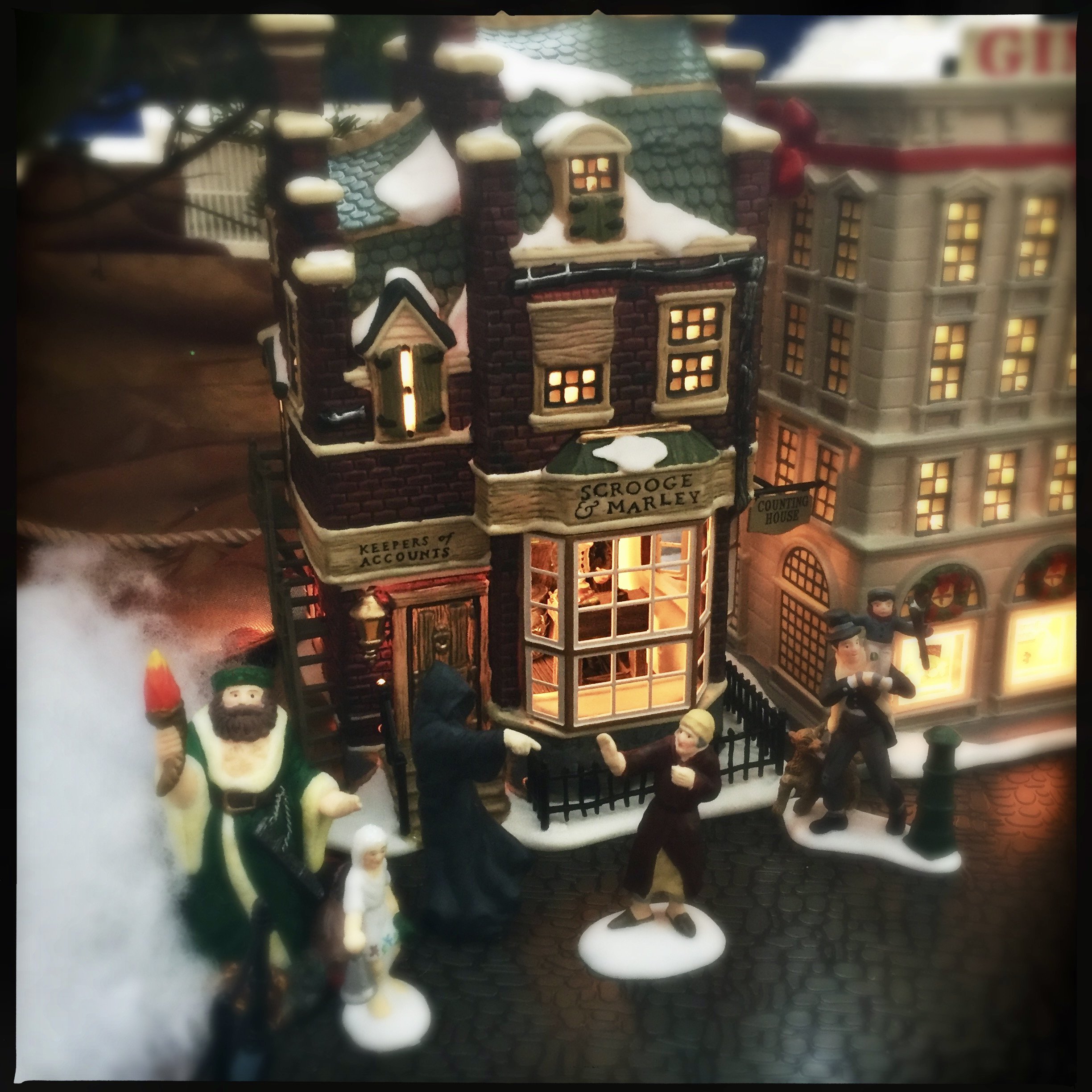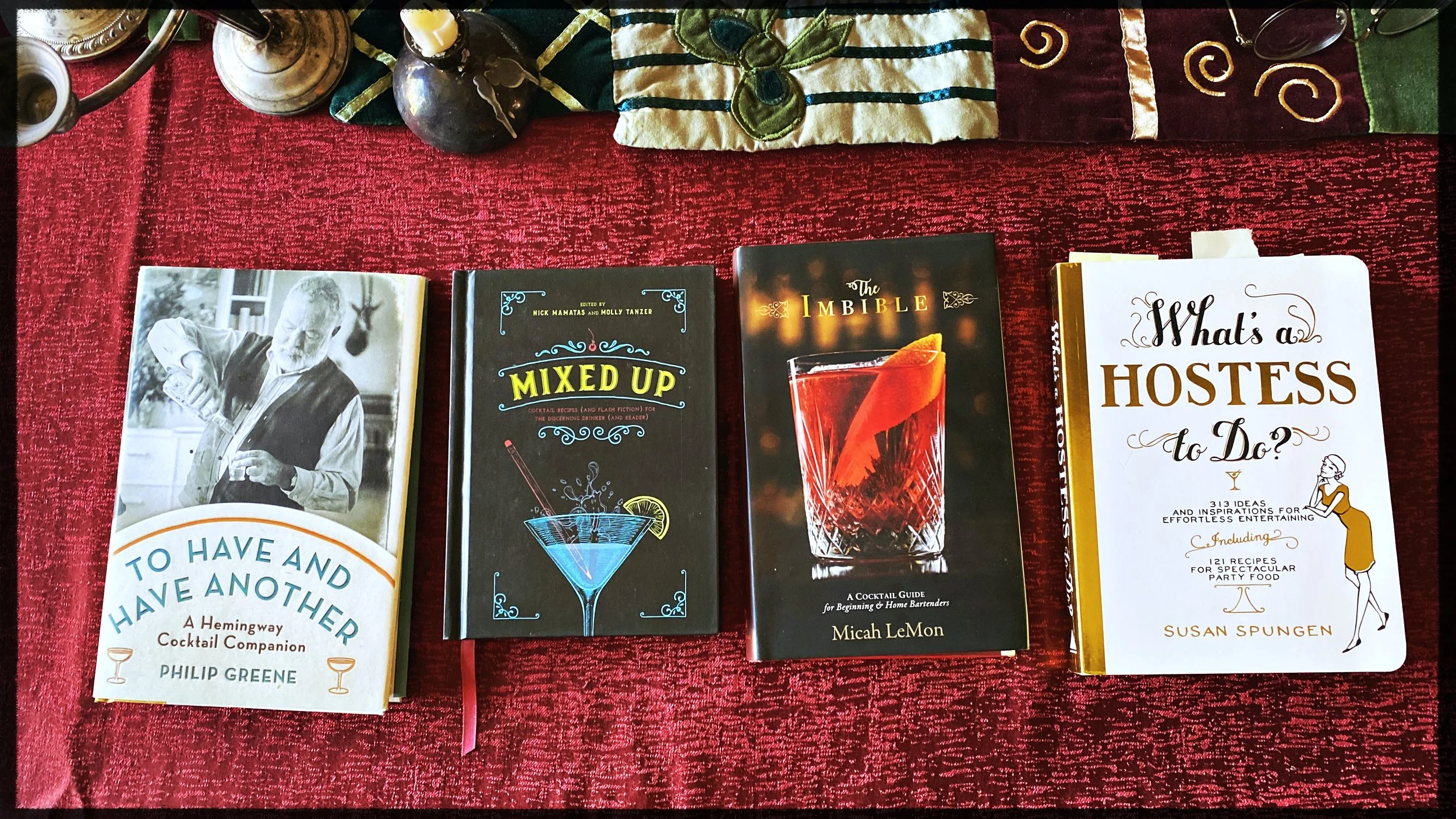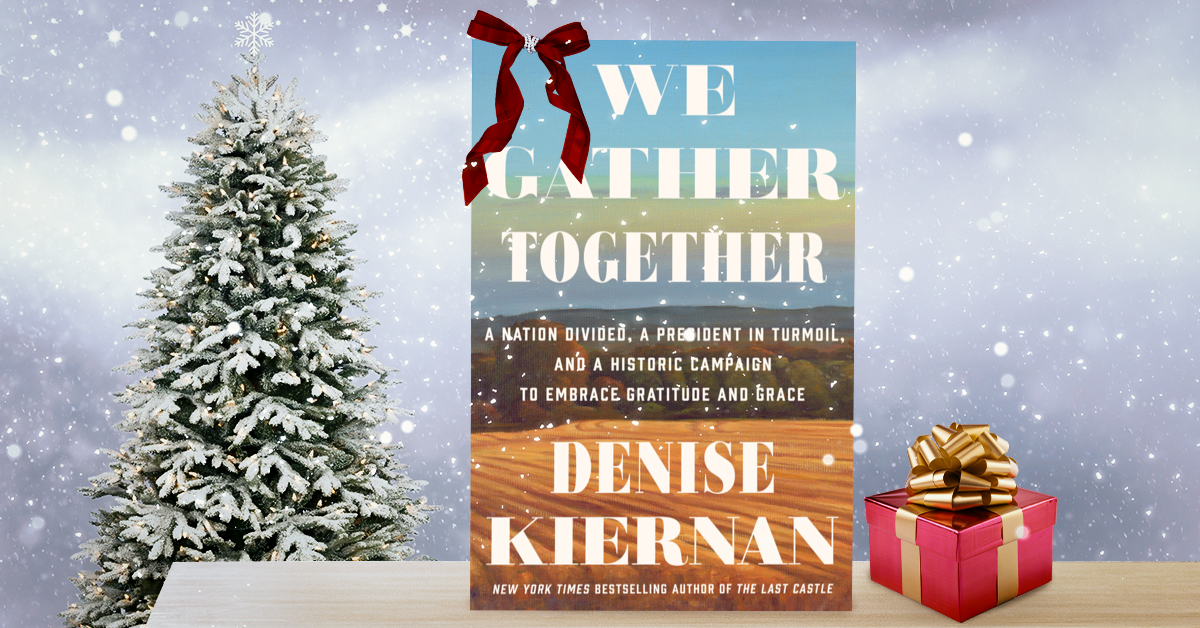Back in 2013, when the book that was to become my wife’s first bestseller was months away from publication, I found myself with time on my hands. It had taken her seven years to write and research that book, and we were constantly driving up and down the east coast so she could interview people and investigate archives.
But now her book was done, and something I had wanted to write finally had the breathing room to come to life. I envisioned a multi-book series about the life of Kris Kringle. I was inspired by the Mary Stewart books I’d read as a kid, on the life of King Arthur. The first book in that series focused not on Arthur but on Merlin as a boy. Because it had seemed logical to Stewart that we should understand the mentor before the mentee.
I wanted to do something similar. The book I wrote in 2013 was in Jack Frost’s voice. As I described it to my then-agent, the book was: “The life of Kris Kringle, as told by her adoptive father, Jack Frost.”
No matter who I told that pitch to would sit up and say, “Her?”
Which was cool. That, after all, was the whole point of the series—that Santa was a woman all along.
Point being, no one cared about Jack Frost, including, possibly, my agent. It took me the better part of a decade to realize that there are not enough cultural references that click with people (ie, readers) about Jack Frost. But everyone in the world knows Santa Claus, or whatever the gift-bringer icon is in their culture.
So I focused the story on Kringle, writing at least two vastly different drafts of her story. The second version clicked with the agent, but she was not able to sell it. Editors don’t want a seasonal fantasy novel, went the argument.
Oh well, silly me for thinking otherwise.
I indie-pubbed Sorceress Kringle in 2019, and got to work on a sequel.
But I had all this Jack Frost material burning a hole on my hard drive. And when I occasionally peeked at the opening scenes of his story, I got sucked in. I loved his voice. He was a cantankerous prick, the total opposite of sweet, wholesome Kringle.
Could I revise the material and release a prequel? Well, why the hell not?
So today I’m happy to announce that The Icemaster of New-York is finally out in the world, eleven years after it was first conceived. It’s a shorter book than Kringle, and takes place about sixteen years before Kringle takes the stage. It’s bloodier, messier, and sexier too.
I’m proud of it, mostly because it does a good job of telling how Jack Frost came to be, and why he’s so freaking angry. I think you would be, too, if the work of your hands was considered bleak and miserable by most people after the glamor of Christmas wears off each New Year’s Eve.
The book is available in three formats: ebook, paperback, and hardcover. Design by the marvelous James Egan of Bookfly Design, who did the Sorceress Kringle cover back in 2019.
Check out both books here. Autographed copies, as always, are available from Malaprop’s, the bookstore in my town.
It’s good to see the old bastard out in the world at last, telling his own story. You might hate him, but rest assured he hates you, too.
























